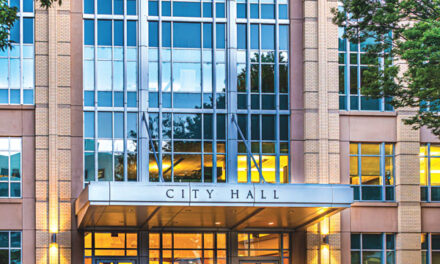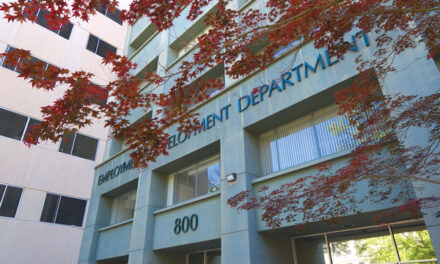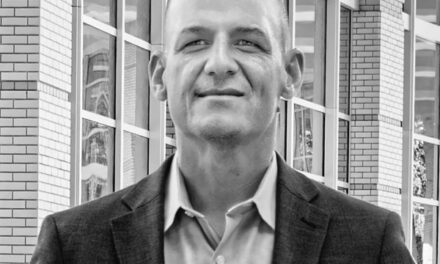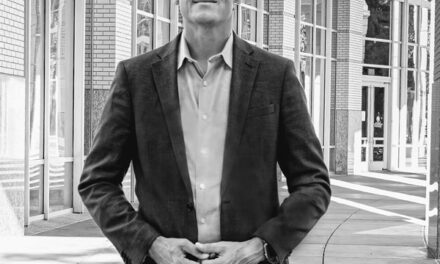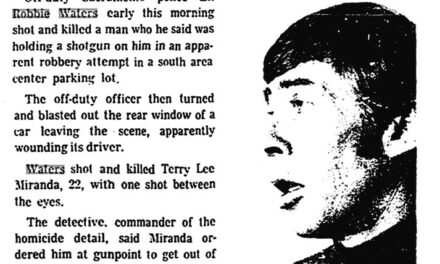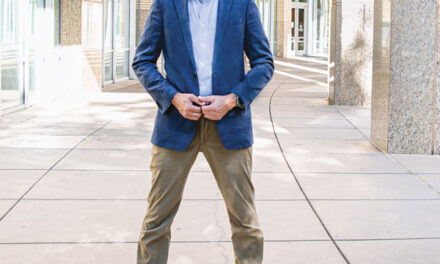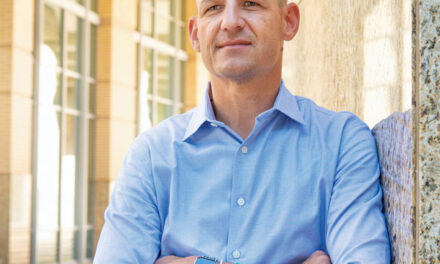After a decade of looking for encouraging news about Sacramento’s homeless crisis, I’ve found some: Compared to downtown Los Angeles, Sacramento has no homeless crisis.
I visit downtown L.A. every couple of months and have watched its vibrancy sink into an abyss of misery, poverty, crime and wasted lives. Tents, doorway sleepers and garbage are everywhere. Recovery will take years. If L.A.’s anguish makes Sacramento look hopeful, it also carries a warning. As Mayor Darrell Steinberg says, “Los Angeles is a cautionary tale.”
Before the pandemic, about 4,600 homeless people lived in L.A.’s dystopian wasteland east of Main Street between Third and Seventh streets. The slum covers 50 blocks and almost 3 square miles. Welcome to Skid Row.

For 50 years, Skid Row was a containment zone. Flop houses, rescue missions and soup kitchens served derelicts, felons, lunatics and drug addicts. Tourists and office workers steered clear. Police considered it a cesspool of violence and vice. An invisible wall surrounded Skid Row. The pandemic breeched the wall and shattered it.
As offices closed for COVID and social-justice protests disintegrated into looting, parts of downtown L.A. near Skid Row—thriving neighborhoods—were obliterated. Restaurants, bars, hotels, bakeries, sandwich shops, clothing stores, gyms, record shops, florists, nail salons, coffee roasters, hairdressers and art galleries boarded up and left.
At least 145 downtown L.A. businesses closed. Now their sidewalks are filled with tents and people in cardboard boxes. The historic Skid Row boundaries of Main Street and Third Street are gone. Homeless camps blossom on all corners.
By comparison, Sacramento’s homeless crisis is fragmented and small. The city’s Skid Row flows away from Downtown toward North 12th Street and the River District. Dingy single-room occupancy hotels that served transients and ex-cons are reborn as low-income housing. Sanctioned campsites feature toilets and showers.
Sacramento follows a new strategy, designed by Steinberg to thin out homelessness, spread the problem around and make it less obvious. Under Steinberg’s plan, each council district—there are eight—will support some type of services for unsheltered people. The Great Homeless Dispersal is underway. It’s the mayor’s most clever move in a crisis that has defined his two terms.
The dispersal comes weeks after a federal judge in L.A. ordered authorities to find shelter for Skid Row’s entire population. Judge David Carter sided with downtown L.A. business owners and residents who said officials abdicated their duty to clean up the mess. The judge wants L.A. to stop wasting tax dollars on homeless remedies that don’t work and lack accountability, such as Housing First.
L.A. authorities have appealed Carter’s order, but Steinberg is paying attention. “It’s a drastic order,” he says. “In Sacramento, we have the opportunity to accomplish the same goal contained within the judge’s order without the intervention of the court. We have an opportunity to do it better and differently.” That means disperse homeless people into temporary housing and shelters.
Before the pandemic, downtown L.A. boomed. More than $35 billion was invested since 1999. Skyscrapers, music halls and museums rose on Bunker Hill. Old factories and warehouses became expensive lofts. Downtown L.A.’s population reached 85,000.
The L.A. Live entertainment district and Staples Center were inspirations for DoCo and Golden 1 Center. But Carter’s intervention shows why Sacramento can’t afford to copy L.A.’s acceptance of tents in parks and street corners.
Two factors will determine how Downtown Sacramento recovers from the pandemic. First, government workers must return to offices. Second, tents and sidewalk sleepers must be dispersed. Many public employees won’t come back until September at the earliest. Without them, businesses will continue to struggle—a challenge made worse by people living on the street.
There are already signs of economic resurgence in Downtown. Michael Ault of the Downtown Sacramento Partnership says 27 businesses have opened since April 2020. They offset the loss of about 40 shops that closed.
The newcomers are diverse, from coffee shops to salons. Many are located in Old Sacramento, the city’s former Skid Row. What those new businesses need are lots of customers and zero tents.
R.E. Graswich can be reached at regraswich@icloud.com. Follow us on Facebook, Twitter and Instagram: @insidesacramento.



